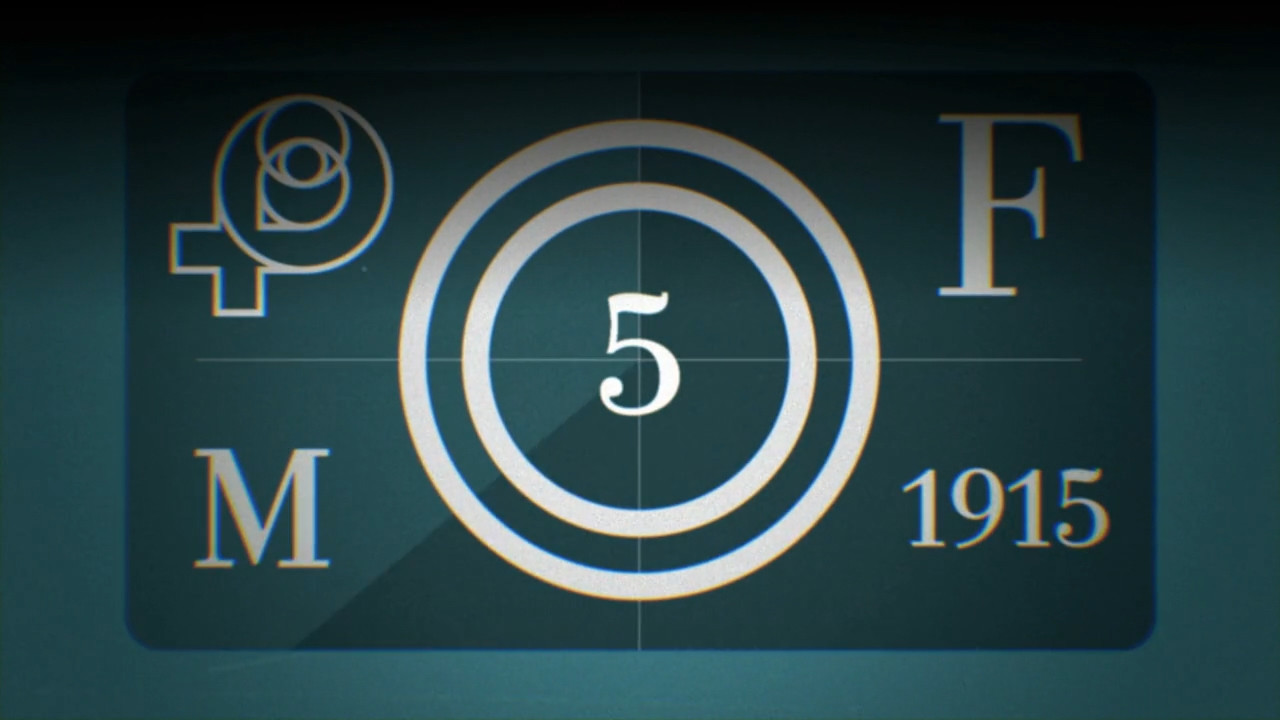Michele and Paolo Massa are the third-generation owners of Fontana Milano 1915, a historic firm located in the heart of Milan near the art deco district of Porta Romana.
A unique workshop/laboratory, where the craft of leatherworking has been handed down for over a century and which now counts over 300 valuable employees who help spread throughout the world the authentic, made in Milan savoir faire as well as the magic of unique, distinctively captivating creations.
Over the years, the creativity and workmanship of our master craftsmen has been adeptly complemented by technology that has allowed the firm to manage certain manufacturing processes more efficiently but without replacing its human capital which, rather, has been enriched by instilling among the employees a rare and priceless spirit of belonging to the company.
Guido Pieracci, who was born in 1896 and is the maternal grandfather of the Massa brothers, founded the company in 1915. The leather goods workshop, retail shop and family home – “Casa e bottega”, or “living over the shop”, as people used to say in the past – was located at via Porta Rossa 5 in the historic centre of Florence.
The great creativity of the founder, artist, painter and journalist inspired the first collection of high-quality gift items and small leather goods, which was met with considerable success both in Italy and abroad.
Pieracci’s intuition and farsightedness led him to move the company and all its craftsmen in 1945 to viale Lazio in Milan, the hub and the crossroads of art, culture, social events and the financial centre of the entire country.
During the post-war period, Pia Lully Pieracci, Guido’s oldest daughter, married Carlo Massa, a successful salesman for Olivetti, who started working for the company and expanded it beyond the borders of Italy. In a few years, Fontana became recognised throughout the world for its quality and style, and the first collection of bags created in 1954 became the nucleus of the business.
Thanks to the foresight of its founder and the entrepreneurial spirit of Carlo Massa, the company successfully entered the Japanese market in 1961, while in 1962 Pieracci devoted himself to industrial relations by founding together with other businessmen ANIMPEC (National Association of Leather Manufacturers), which later became AIMPES (Italian Association of Real and Synthetic Leather Manufacturers). He also served as President of MIPEL (International Leather Goods Show) and CEDIM (European Committee for Leather Goods Industries).
Carlo Massa became President of the firm in 1970, which continued to expand and moved to its current location in a 4,500 sq. mt. building on via Trebbia, where the larger space allowed the company to organise its operations more efficiently. The firm also opened a showroom in viale Majno.
In 1979, Carlo Massa brought his two sons, Michele and Paolo, into the company and who began their training in production alongside the master craftsmen.
After the premature death of their father, the two brothers continued to run the firm still in keeping with the family tradition but combining it with innovation by fostering the concept of “artisan industrial” manufacturing, two terms that are polar opposite but which represent the success of the company.
In 1981, artist and sculptor Giò Pomodoro designed the “F” company logo, which became one of the distinctive features of the timeless models as well as a sign of recognition of the whole business.
As another gesture towards maintaining the company’s traditional values, a new manufacturing division was opened in Florence, and the Workshop Fontana Milano 1915 in via Trebbia 26 was inaugurated in 2010. Both a laboratory and a boutique, the Workshop is a focal point and centre of attraction for an elite, international clientele where everyone can visit the atelier and personalise the items they have purchased.
Today, Fontana Milano 1915 can consider itself one of the very rare manufacturing companies that has stayed in the heart of the city, and with its presence helps enhance the value of its district (Porta Romana, one of the last quarters that has remained authentically Milanese).
After over 100 years, one can still breathe in the same Charm of Making of the early days, the poetry of the artisanal know-how that, thanks to time, research, dedication and passion, plays a role in the authenticity of handmade in Italy and flies the flag of made in Milan throughout the world.

